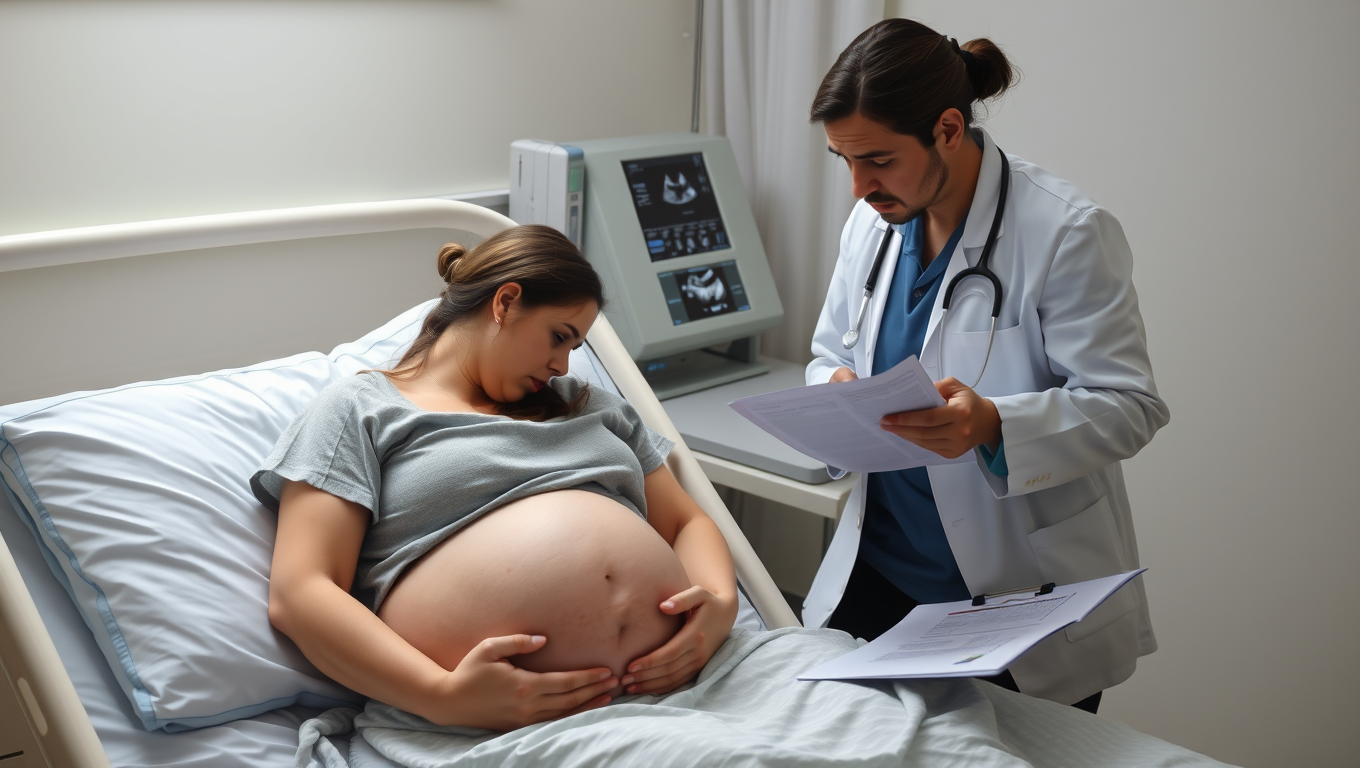While we try to keep things accurate, this content is part of an ongoing experiment and may not always be reliable.
Please double-check important details — we’re not responsible for how the information is used.
Asthma
Fatty Liver in Pregnancy Increases Risk of Preterm Birth, Study Finds
Pregnant women with metabolic dysfunction-associated steatotic liver disease (MASLD) have an increased risk of giving birth prematurely and the risk increase cannot be explained by obesity, according to a new study.

Air Pollution
“Breathe Deeply: A 29-Million-Person Study Reveals the Silent Dangers of Air Pollution on Dementia Risk”
Air pollution isn’t just bad for your lungs—it may be eroding your brain. In a sweeping review covering nearly 30 million people, researchers found that common pollutants like PM2.5, nitrogen dioxide, and soot are all linked to a significantly higher risk of dementia. The most dangerous? PM2.5—tiny particles from traffic and industry that can lodge deep in your lungs and reach your brain.
Animal Learning and Intelligence
“Breathe with Identity: The Surprising Link Between Your Breath and You”
Scientists have discovered that your breathing pattern is as unique as a fingerprint and it may reveal more than just your identity. Using a 24-hour wearable device, researchers achieved nearly 97% accuracy in identifying people based solely on how they breathe through their nose. Even more intriguingly, these respiratory signatures correlated with traits like anxiety levels, sleep cycles, and body mass index. The findings suggest that breathing isn t just a passive process it might actively shape our mental and emotional well-being, opening up the possibility of using breath training for diagnosis and treatment.
Asthma
Controlling Key Health Risk Factors Can Significantly Reduce Early Death Risk for Those with High Blood Pressure
Controlling blood pressure is not the only way to treat hypertension. A new study identified eight associated risk factors. Each risk factor addressed was associated with a 13% lower risk of premature death. Patients who addressed at least four of these risk factors had no greater risk of an early death than those without high blood pressure.
-

 Detectors7 months ago
Detectors7 months agoA New Horizon for Vision: How Gold Nanoparticles May Restore People’s Sight
-

 Earth & Climate9 months ago
Earth & Climate9 months agoRetiring Abroad Can Be Lonely Business
-

 Cancer8 months ago
Cancer8 months agoRevolutionizing Quantum Communication: Direct Connections Between Multiple Processors
-

 Albert Einstein9 months ago
Albert Einstein9 months agoHarnessing Water Waves: A Breakthrough in Controlling Floating Objects
-

 Earth & Climate8 months ago
Earth & Climate8 months agoHousehold Electricity Three Times More Expensive Than Upcoming ‘Eco-Friendly’ Aviation E-Fuels, Study Reveals
-

 Diseases and Conditions9 months ago
Diseases and Conditions9 months agoReducing Falls Among Elderly Women with Polypharmacy through Exercise Intervention
-

 Chemistry8 months ago
Chemistry8 months ago“Unveiling Hidden Patterns: A New Twist on Interference Phenomena”
-

 Agriculture and Food8 months ago
Agriculture and Food8 months ago“A Sustainable Solution: Researchers Create Hybrid Cheese with 25% Pea Protein”





























